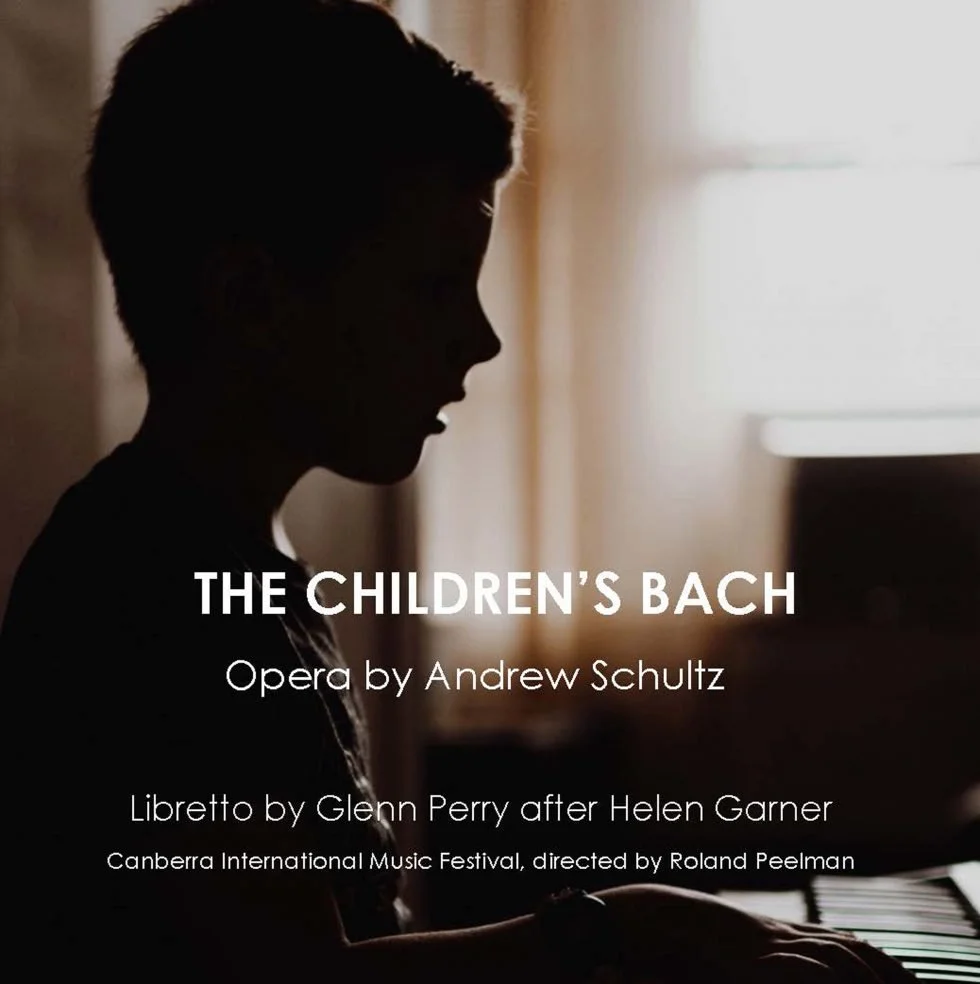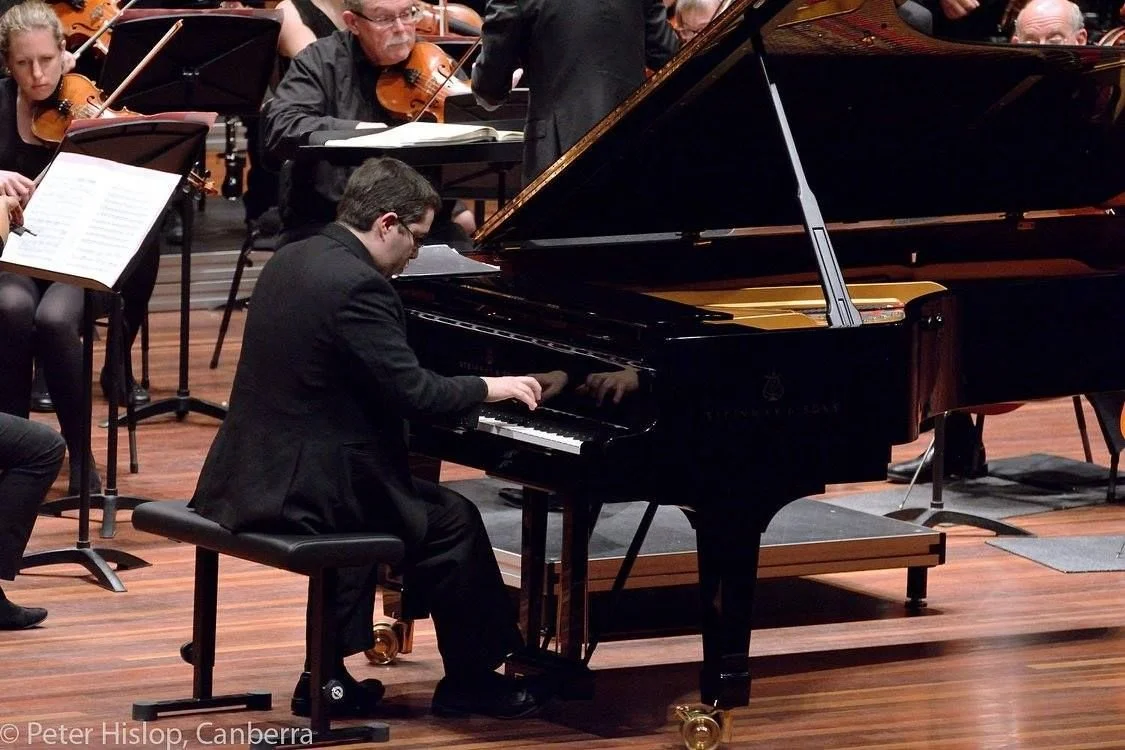“His portrayal of Gaspard de la Nuit was truly extraordinary. The deep sound control and the interpretation and execution of Scarbo and a Ligeti étude were out of this world.”
— Luis E. Troetsch, La Prensa
Dr. Edward Neeman
The Australian-American pianist Edward Neeman has performed across five continents. Critics have lauded him as a “true artist” with “an excellent technique” who “isn’t afraid to put a distinctive stamp on whatever he touches, without resorting to mannerism.” A top prizewinner of numerous international piano competitions, including first prize in the Joaquín Rodrigo Competition in Madrid, second prize in the Southern Highlands International Piano Competition, and third prize in the World International Piano Competition, Dr. Neeman has appeared as a soloist with the Prague Philharmonic, Sydney Symphony, Melbourne Symphony, Kentucky Symphony, Symphony of Northwest Arkansas, and the American West Symphony with conductors including Andrey Boreyko, Alan Buribayev, Chen Lin, Ruben Gimeno, Enrique Perez Mesa, Nicholas Milton, Pascual Osa, and Vladimir Verbitsky.
Dr. Neeman’s debut album, Rachmaninoff & Sitsky, was released to wide acclaim in March 2016. The album includes a premiere recording of the Piano Sonata No. 1 by Larry Sitsky, written especially for him. Dr. Neeman also has released a live recording of the Concierto para piano by Joaquín Rodrigo on the Rodrigo Foundation label, andl as a collaborative CD with trumpeter Jason Dovel which was lauded for the players’ “nuanced, stylistic interpretations and technical mastery” by ITG Journal. An enthusiastic collaborative artist, he has performed with musicians including Itamar Zorman, Abigail Fischer, Ben Capps, and members of the JACK quartet. Dr. Neeman has made numerous piano duet arrangements for the Neeman Piano Duo, in which he performs with his wife, the Indonesian pianist Dr. Stephanie Neeman. He also enjoys accompanying ballet and performed with the American Ballet Theater in their 2014 tour of Japan.
Dr. Neeman’s published research includes his doctoral dissertation on free improvisation and graphic scores, an article on the chamber music of Larry Sitsky, published by ANU E Press, and pedagogical articles in STACCATO, an Indonesian music magazine. He has developed an innovation in the mechanism of the piano’s sostenuto pedal that allows the sostenuto and damper pedals to be combined in new ways, and has given presentations on its ramifications for pedaling technique at the MTNA National Conference in the United States and the Australian National Academy of Music.
Dr. Neeman’s interest in microtonal music has inspired him to transcribe quarter tone works by Charles Ives, Ivan Wyschnegradsky, and Alois Hába for MIDI keyboard. Originally written for a specially designed quarter tone piano, these works can now be performed by a single pianist as intended by the composers.
Dr. Neeman holds a Bachelor of Music degree from the Australian National University, a Master of Music from the Manhattan School of Music, and a Doctor of Musical Arts degree from The Juilliard School. His teachers have included James Tocco, Jerome Lowenthal, Solomon Mikowsky, Santiago Rodriguez, Larry Sitsky, and Irena Orlov.
Dr. Neeman regularly gives masterclasses around the world. He has been a jury member for the Mozart International Piano Competition in Thailand, the Hong Kong Schools Festival, the Jakarta Conservatory National Competition, the West Australian Pianists Competition, and numerous competitions and festivals in the United States. He has taught at Utah Valley University and is currently a piano lecturer at the Australian National University. He also holds the position of Artist Faculty at the ELMS Conservatory in Jakarta, Indonesia.










